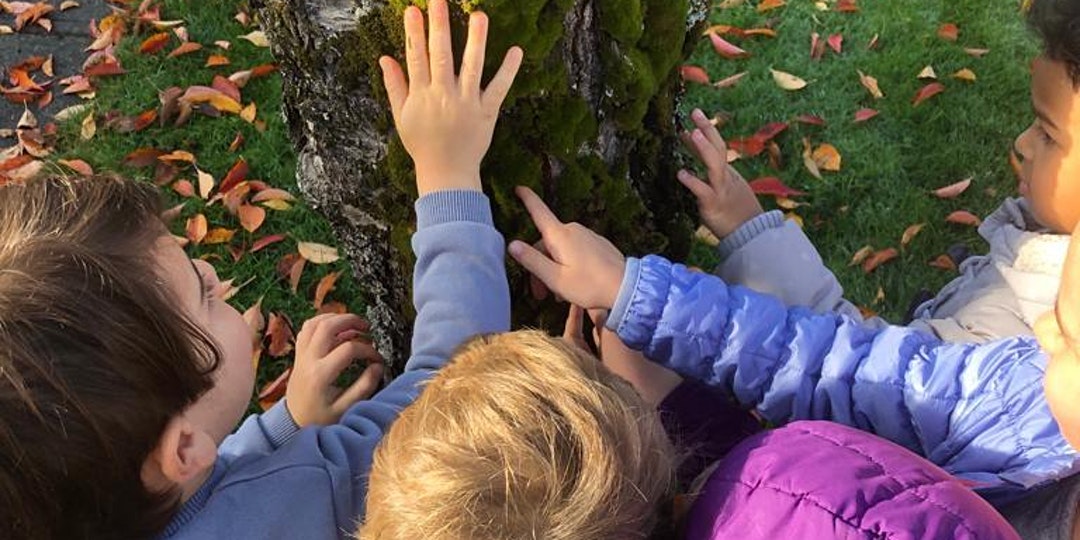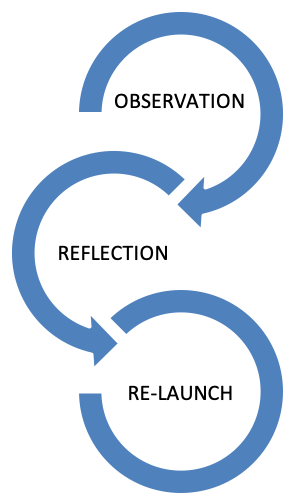
On our online workshop on April 16th we introduced and deeply investigated the concept of “cognitive knots” which was new to many of our attendees.
Carolyn Edwards, defining cognitive knots in The Hundred Languages of Children, says,
Just as a knot in woodgrain impedes a saw cutting through, and just as a knot in thread stops the action of needle sewing, any problem that stops the children and blocks their action is kind of a cognitive knot. It might be caused by a conflict of wills or lack of information or skills to proceed. Such knots should be seen of as more than negative moments of confusion and frustration, however. Rather, they are moments of cognitive disequilibrium, containing positive possibilities of regrouping, hypothesis testing, and intellectual comparison of ideas.
They can produce interactions that are constructive not only for socializing, but also for constructing new knowledge.
The teacher’s task is to notice these knots and help bring them to center stage for further attention- launching points for future activities.
On our last Journal post about Cognitive Knots we discussed how these knots can open up experiences for educators and children to see “problems” as “opportunities”.
In this post, we focus on how Cognitive Knots are a product of rich and meaningful Observations. When educators pay close attention to children in their programs, they notice things far beyond the interests: they see knots, problems, solutions, and ideas. They also notice how children deal with these experiences: how do they problem-solve, collaborate, negotiate, and come up with solutions as individuals or collectives.
In this workshop, we discussed that understanding Cognitive Knots is a process of “observing, reflecting and re-launching”
 When observing children who are involved in a Cognitive Knot, educators search to find who is involved in the knot, what is stopping the cognitive flow and what are the different perspectives involved.
When observing children who are involved in a Cognitive Knot, educators search to find who is involved in the knot, what is stopping the cognitive flow and what are the different perspectives involved.
When reflecting on the Cognitive knot, educators consider the history of the Knot and the educators’ intentions and inquiries.
When considering a Re-Launch for the Cognitive knot, educators ask how the experience could be viewed as a “possibility” – a positive experience that makes acquiring of NEW Learning/ knowledge possible.
Through this process, educators are able to pay closer attention to the children’s Cognitive Knots and find pedagogical possibilities for and with the children.
Observation is one of the educators’ most important tasks. It is through observations that educators build the relationship and trust with children which leads to discovering their world and the magic inside it! The Reggio-Inspired educators have many different things that they observe for. It is important to understand the purposes beyond each kind of observation and to be able to recognize what children are trying to express, whether it is a Cognitive Knot, a theory or a developing skill.
Click here to join our upcoming online workshop on the Many Purposes of Observing Children, May 27, 2020.
